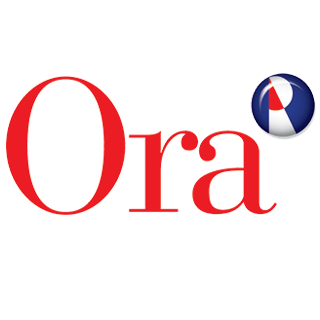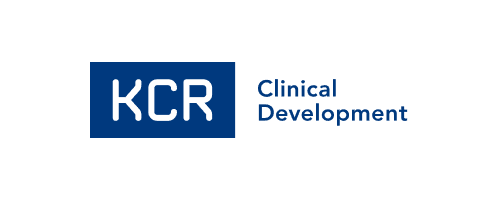Ora Streamlines Clinical Trials with Veeva CTMS and BA Insight AppBus Platform
Integrated Veeva CTMS with iMedNet EDC system
Cut integration time for new studies to one hour
Eliminated data entry and reconciliation time
Contract research organization (CRO) speeds integration to its EDC system and sponsors’ CTMS applications to facilitate oversight of clinical studies and be more efficient
Ora’s Connection Challenges
Ora, a full-service contract research organization specializing in ophthalmology, aims to accelerate development timelines for its sponsor clients, so productivity and efficiency are critical to delivering high-quality engagements. Ora leverages technologies such as Veeva Vault Clinical Operations, iMedNet EDC, and Vault RIM to manage studies and comply with regulations.
“Eliminating manual processes and application silos with automation to streamline trials was a key focus for us,” says Edward Leftin, Director, Information Systems at Ora. “But it’s always a challenge to connect systems due to unreliable closed APIs.” This lack of integration caused inefficiencies across key business workflows, such as processing adverse events.
To achieve its goal of providing best-in-class clinical services, Ora knew they needed to invest in an integration platform that was easy to configure, customizable, and low-code to unify their systems, regardless of API availability.
Overcoming EDC-CTMS Integration Obstacles with BA Insight’s AppBus Platform
With deep expertise in clinical integrations and the ability to engage and execute quickly, Ora selected BA Insight, a preferred Veeva vendor, to connect iMedNet EDC to Vault CTMS. “We felt confident in BA Insight’s ability to partner with us long-term and deliver the complex integrations we need to comply with regulatory guidance, effectively monitor clinical investigations, and conduct high-quality studies for our clients,” Ed says.
Designing a sustainable integration requires a thoughtful strategy, so the Ora and BA Insight teams collaborated to understand current pain points and identify all EDC source objects and transformations. From there, BA Insight recommended best practices and prepared data mapping templates before development work started.
“Combining the AppBus platform’s API-first low-code approach with our extensive knowledge of clinical integrations enabled us to quickly partner with the Ora team and deliver value.” Ron Burns, Vice President – Life Sciences, BA Insight
Planning for Success: Best Practices
- Define goals. Set clear baselines to ensure consistency throughout implementation and to measure project success.
- Establish the project management office (PMO) team. Assign key resources upfront and establish a cadence of regular meetings and communications to keep the project on track and ensure full commitment from both teams.
- Document study differences. Variability in nomenclature and data capture across studies affects data mapping and integration processes. Include action plans to resolve this before implementation.
- Get feedback. Consult end-users and resolve critical bugs quickly.
- Templatize data in EDC. Templates simplify integrations across studies.
- Work in a sandbox environment. Multiple studies should be accessible via sandbox so API and version changes can be tested.
- Minimize operational disruptions. Prepare multiple environments (UAT, test, sandbox, and production) to cover all testing scenarios. Schedule migrations during off-hours.
“The collaboration with BA Insight from the beginning provided a strong foundation, so we knew we could trust them to deliver other integrations for us.” Ed Leftin, Director, Information Systems, Ora
Helping Sponsors with Effective Study Oversight
Once the Vault CTMS-iMedNet EDC connection was running smoothly, Ora leveraged the AppBus platform to integrate with sponsors’ CTMS applications, including a top 20 pharma deployment completed in twelve weeks. Sponsors now get near real-time access to dashboards and reports, with data flowing from Ora’s CTMS Vault to sponsors’ CTMS applications.
Benefits of Process Automation and Integration for Ora
Streamlined Processes and Better Data Quality. Monitors no longer have to enter data such as subjects, protocol deviations, and adverse events in multiple systems. Integrations eliminate duplicate work, reconciliation time, and manual processes, saving time and improving data quality.
Stronger Relationships with Sponsors. Investing in integration demonstrates Ora is committed to a long-term partnership with sponsors.
Speed of Integration. Ora can easily build new integrations, and modify and add new studies to existing integrations with minimal effort, due to the AppBus platform’s low-code approach.
“We now have best-in-class Veeva applications and integration technology to optimize clinical delivery and strengthen relationships with our clients.” Ed Leftin, Director, Information Systems, Ora



